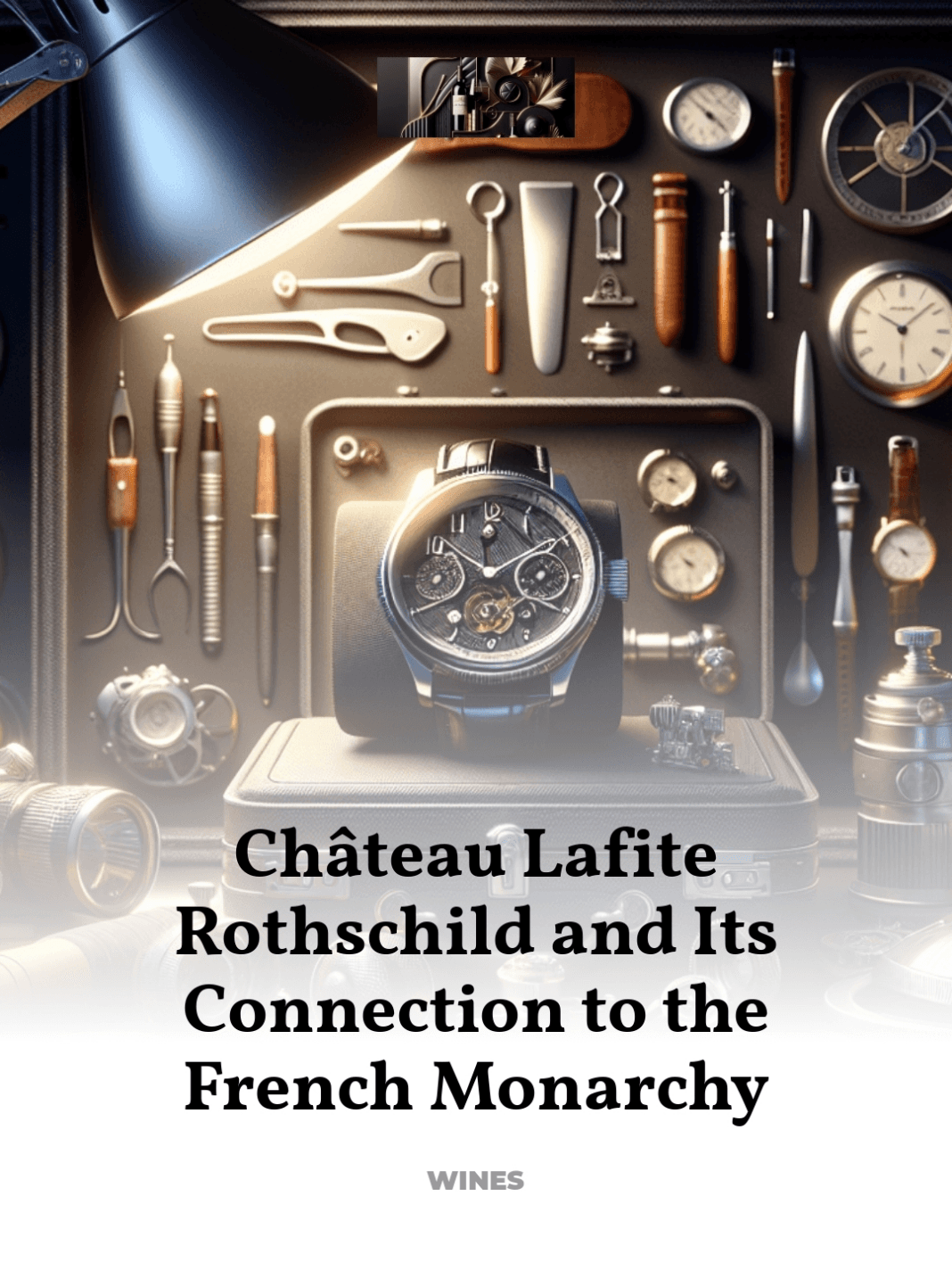How this wine became a favorite of kings and nobility
Château Lafite Rothschild, a name synonymous with opulence and history, has long been the wine of choice among kings and nobility. This prestigious estate, nestled in the heart of Bordeaux, France, is not just a winery; it is a symbol of luxury and a beacon of French cultural heritage.
- The Historical Legacy of Château Lafite Rothschild
- Royal Patronage and the French Monarchy
- The Artistry Behind the Vineyard
- Cultural Impact and Modern Day Relevance
- Concluding Reflections on Tradition and Prestige
The Historical Legacy of Château Lafite Rothschild
The story of Château Lafite Rothschild is steeped in history, dating back to the 17th century when the estate was first established. Over the centuries, it has become emblematic of the finest aspects of French winemaking. The estate’s reputation for producing exceptional Bordeaux wines was already well-established by the time of King Louis XV.
It was during the 18th century that Château Lafite came to be known as the “King’s Wine,” thanks to its burgeoning popularity among European royalty. The Marquis Nicolas Alexandre de Ségur, known affectionately as ‘the Prince of Vines’, elevated the prestige of Lafite when he famously introduced it to the court at Versailles. The wine’s connection to the French monarchy began here, as it quickly became a staple in royal courts across Europe.
Architectural Marvels and Historical Vintages
The château itself is a masterpiece of classical architecture, with its elegant façade and meticulously landscaped gardens, designed to reflect the grandeur and refinement that the wine itself embodies. The estate’s archives hold records of vintages that date back centuries, including the legendary 1787 vintage, which is rumored to have been a favorite of Thomas Jefferson during his time as the American Minister to France.
Royal Patronage and the French Monarchy
The affinity of the French monarchy for Château Lafite Rothschild’s wines can be traced back to King Louis XVI, who was known to prefer Lafite wines above all others. This royal endorsement set a precedent, and Lafite became the wine of choice for political and social elites, symbolizing not just luxury, but power and influence.
The revolution did little to diminish the allure of Lafite’s wines. In fact, during the turbulent years of the French Revolution, the estate was protected thanks to its royal connections and reputation. As the centuries progressed, each generation of the Rothschild family, who took ownership in the 19th century, added their touch to the legacy, combining tradition with innovation to maintain the estate’s prestigious reputation.
Continued Excellence Through Turbulent Times
Even during the phylloxera crisis in the late 19th century, which devastated many other vineyards across France, Château Lafite Rothschild managed to thrive by pioneering grafting techniques that saved their vines. This resilience further cemented its status among Europe’s elite, as it continued to supply exquisite wines without interruption.
The Artistry Behind the Vineyard
The exceptional quality of Château Lafite Rothschild’s wines can be attributed to the unparalleled terroir of the estate, combined with centuries-old viticultural practices that have been refined over generations. The vineyard’s location on the left bank of the Gironde estuary provides optimal growing conditions for the predominantly Cabernet Sauvignon vines.
The meticulous care in the vineyard, from pruning to harvesting, ensures that each grape contributes to the complex flavor profiles that characterize Lafite wines. The estate employs traditional methods, such as hand-picking grapes and using natural yeast for fermentation, alongside modern techniques to enhance the wine’s quality and longevity.
Innovation Meets Tradition
Recent advancements include the introduction of biodynamic farming practices, aimed at preserving the natural environment and enhancing the holistic development of the vineyard. Such innovations demonstrate Lafite’s commitment to excellence and sustainability, ensuring that the legacy of the vineyard continues to evolve with time while maintaining its historic roots.
Cultural Impact and Modern Day Relevance
Château Lafite Rothschild’s influence extends beyond the realms of viticulture into broader cultural, artistic, and social spheres. The estate frequently collaborates with renowned artists and designers to create limited edition labels, marrying the worlds of fine wine and art.
Moreover, Lafite’s commitment to cultural patronage is evident in its support of various arts and music festivals throughout France, reinforcing its role as a custodian of French heritage and promoter of cultural expression.
Symbol of French Excellence
In contemporary society, Château Lafite Rothschild remains a symbol of luxury and exclusivity. Its wines are sought after by collectors and connoisseurs around the world, not only for their superb quality but also for their rich historical value. The wine’s storied past and royal connections continue to lend it an aura of prestige and allure that is unmatched in the wine world.
Concluding Reflections on Tradition and Prestige
The enduring legacy of Château Lafite Rothschild as a favorite of kings and nobility is a testament to its unwavering quality and the deep cultural significance it holds. It stands as a paragon of French winemaking, embodying the essence of luxury, tradition, and artistic expression.
The connection between Château Lafite Rothschild and the French monarchy not only highlights the historical importance of this esteemed wine but also underscores the cultural and symbolic power it has wielded over the centuries. As we look to the future, Château Lafite Rothschild continues to represent the pinnacle of fine wine, a beacon of heritage and an enduring symbol of the art of French living.
For further exploration of Château Lafite Rothschild’s rich history and its impact on wine culture, visit authoritative sources such as the estate’s official website.



